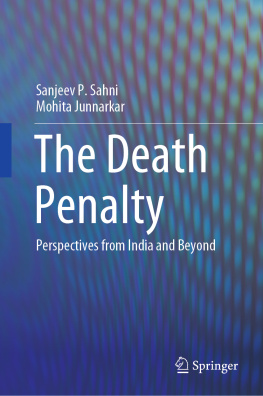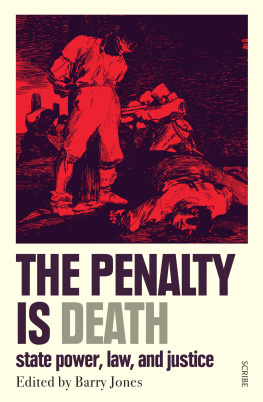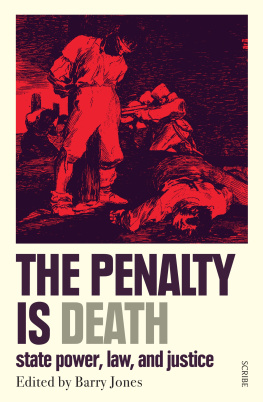
The use of violence, even lethal violence, to establish, protect, defend, and impose ones rights, dominion, and power over others has been part of human history since its beginning. According to the seventeenth-century English philosopher Thomas Hobbes, widely regarded as one of a few truly great political philosophers as his masterwork Leviathan rivals in significance the political writings of Plato, Aristotle, Locke, Rousseau, Kant, and Rawls, the state of nature for humans is one of widespread violence to defend oneself from the dominion and depredations of others, affirm ones possessions and interests, and ensure ones self-preservation. Life for humans entails the natural right to do anything one thinks necessary for preserving ones own life. Thus, the human condition per se is one of constant war, and life is solitary, poor, nasty, brutish, and short (Leviathan, Chapters XIIIXIV). According to Hobbes, humans finally entered into a social contract limiting ones rights to power, possessions, and unlimited freedom to act as each wished, in exchange for the tranquil enjoyment of what one has and has been able to build and for assurances that it cannot be taken from him or her by someone else simply because he is more powerful and better able to defeat others. To escape from this constantly uncertain, violent, and menacing situation, humans accepted limits on themselves and agreed to give their government even absolute power. Punishment, including the death penalty, became then the needed and justified mechanism for the government to protect and enforce the social contract governing human relations. The first written death penalty laws date as far back as the eighteenth century B.C. in the Code of King Hammurabi of Babylon, which codified the death penalty for 25 different crimes.
There is no question that the death penalty was widely used throughout human history in all parts of the world and often delivered in cruel and debasing ways, stripping the condemned of their human dignity and subjecting them to torture and ample pain.
The use of the death penalty for an ever increasing list of crimes was justified as not being a violation of the offenders right to life because he or she had forfeited that right by perpetrating the crime and breaking the social contract. Thus, the death penalty was and is considered justifiable as a morally permissible way to respond forcefully to criminal behavior and discourage others from engaging in it, thus protecting societys interests.
An important principle governing how to respond to criminal victimization is the lex talionis that specifies defined penalties for specific crimes, mostly based on full reciprocity. In the Hammurabi legal code, the principle of exact reciprocity is very clearly stated and operationalized. For example, if a person caused the death of another person, the killer would be put to death.
Often a religious justification has been invoked to justify the adoption and imposition of the death penalty and to formulate penalties for specific crimes. Some propose that this was at least in part intended to prevent excessive punishment at the hands of either an avenging private party or the state. The most common expression of lex talionis is an eye for an eye, but other interpretations have been given as well. Legal codes following the principle of lex talionis have one thing in common: they prescribe fitting counter punishment for a felony. In the legal code written by Hammurabi, the principle of exact reciprocity is very clearly used. The simplest example is the eye for an eye principle. In that case, the rule is that punishment must be exactly equal to the crime. This is clearly expressed in the book of Leviticus in the Hebrew Bible: And a man who injures his countryman as he has done, so it shall be done to him [namely,] fracture for fracture, eye for eye, tooth for tooth. Just as another person has received injury from him, so it will be given to him (Lev. 24:1921). The principle is also mentioned in Deuteronomy and Exodus. This norm has been interpreted by some as actually softening and limiting the excesses that feuds and vendettas did generate when retribution was carried out. Even further, the Talmud interprets the verses referring to an eye for an eye and similar expressions as requiring monetary compensation in tort cases, contradicting a different interpretation by the Sadducees that the Bible verses refer only to physical retaliation in kind. Throughout history, the lex talionis or Law of Retaliation has also been presented as actually a quite benign and positive development, requiring that the law establishes and the offender provides equitable retribution.
In Islam, the Quran (5:45) mentions the eye for an eye concept as mandatory for the Children of Israel. The principle of Lex talionis in Islam is Qi 













